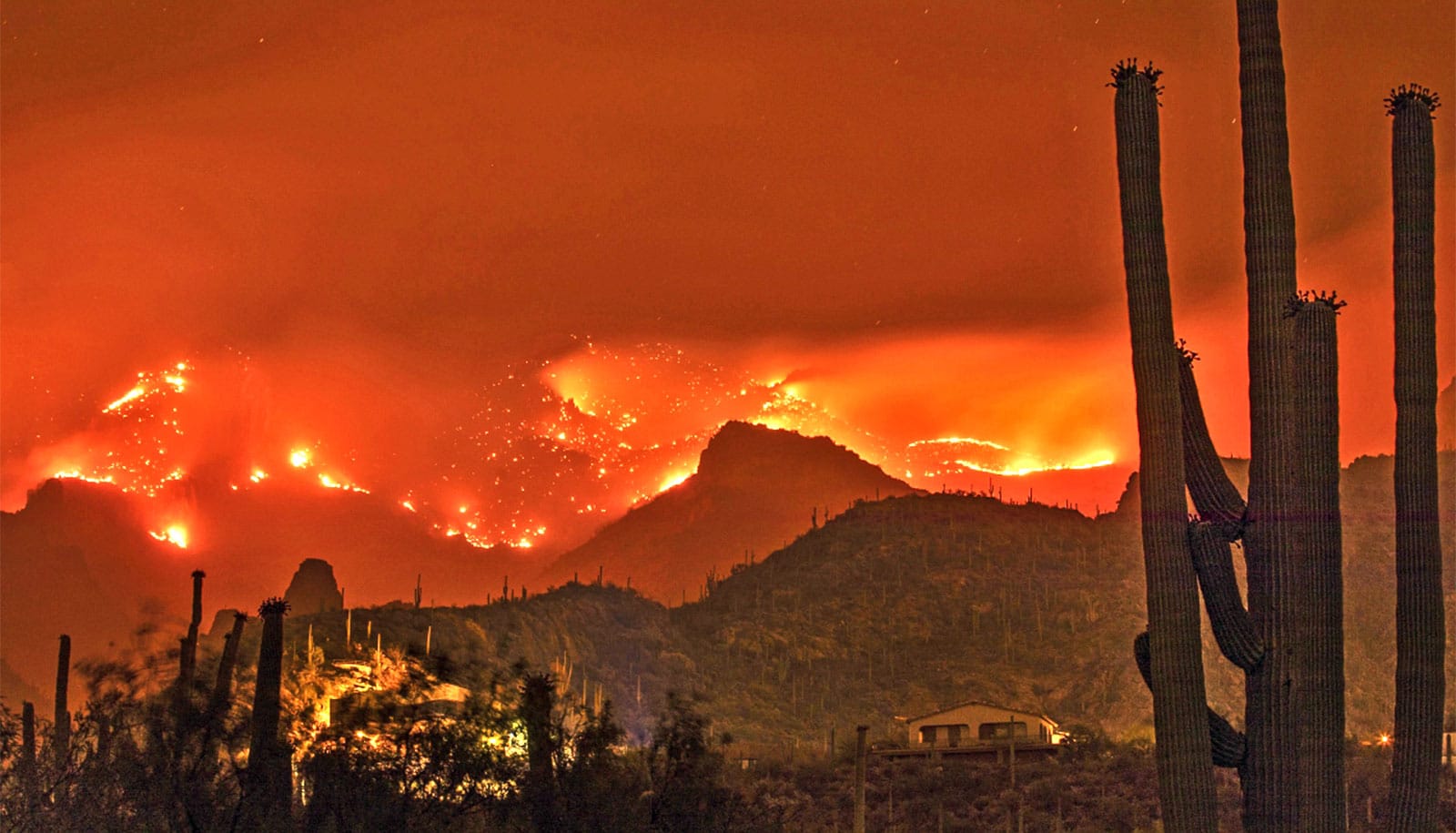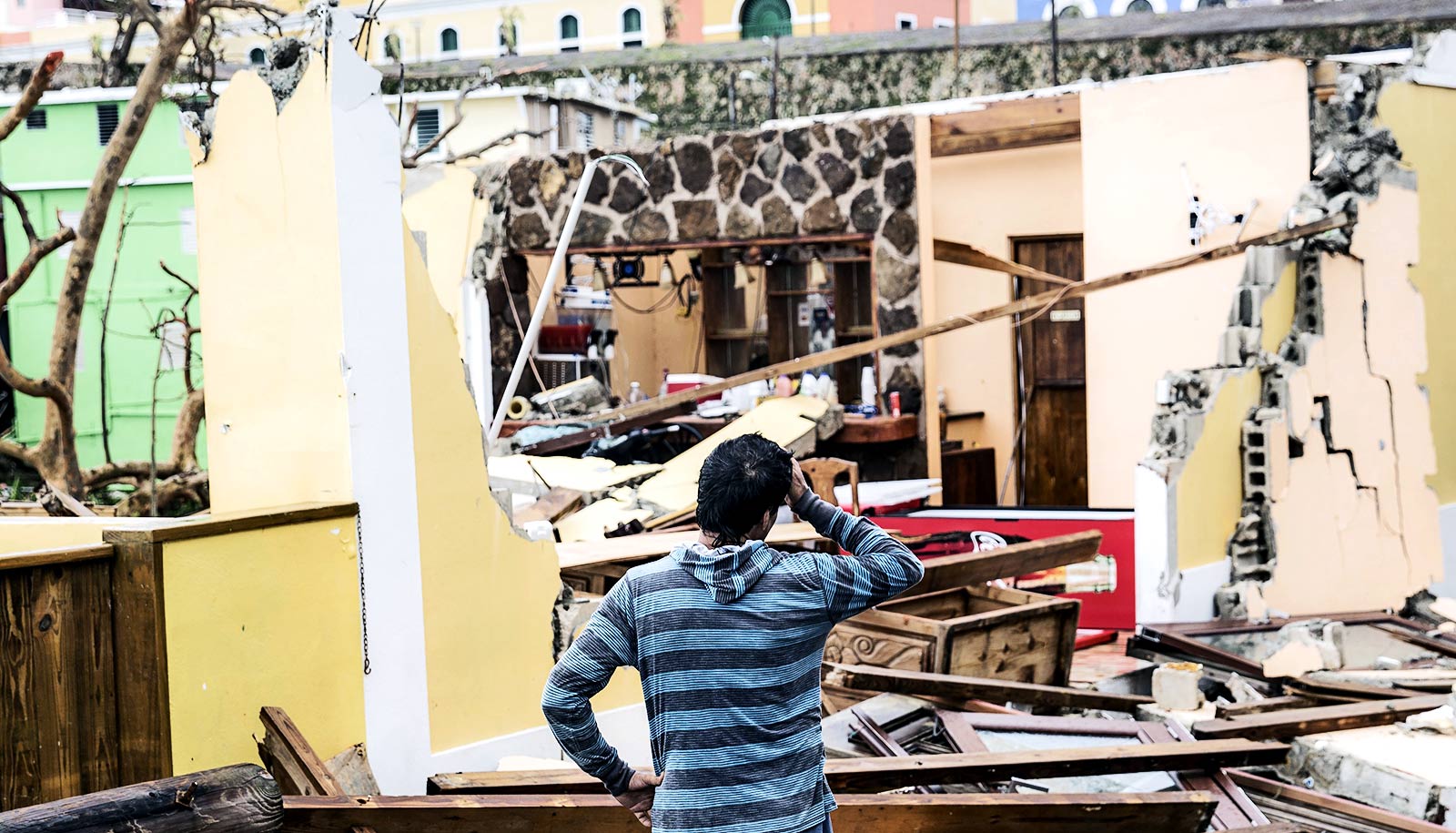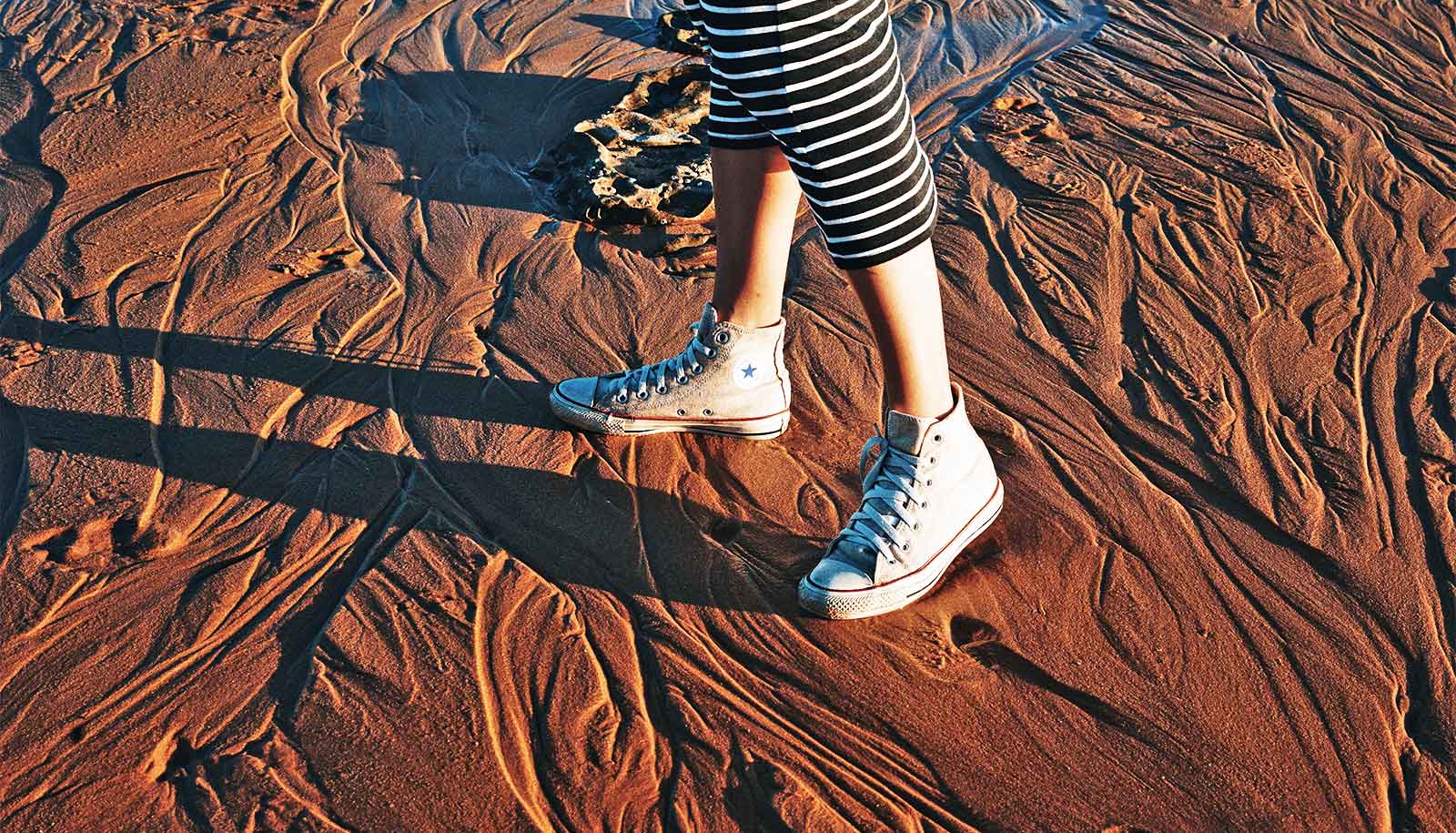Certain human actions increase the chance of surviving a landslide, research finds.
The March 2014 landslide in Oso, Washington, about 55 miles northeast of Seattle, became the deadliest landslide event in United States history. The disaster killed 43 people and destroyed 49 homes and structures.
An engineer who analyzed the event’s aftermath began to investigate the circumstances that can make landslides so deadly. The resulting study suggests simple behavioral changes could save more lives than expensive engineering solutions.
The study, published in the journal GeoHealth, suggests key actions that range from opening doors and windows to continuing to move and make noise if you do get buried.
“There are in fact some really simple, cost-effective measures that can be taken that can dramatically improve the likelihood that one will survive a landslide,” says senior author Joseph Wartman, professor of civil and environmental engineering at the University of Washington.
Worldwide, landslides cause on average more than 4,000 deaths a year recently, with about 25 to 50 of those deaths occurring each year in the US. These events may become more frequent as wildfires fueled by warmer temperatures can leave slopes bare and more vulnerable to slides.
Survivor reports
Wartman and a graduate student compiled and analyzed records of 38 landslides that affected occupied buildings. Most of the data came from the US, but it included landslides from around the world for which there were detailed records.
The authors recorded the geologic details of each landslide, as well as the reports from survivors of the events. They used newspaper articles, scientific papers, medical examiner reports, and other documents to produce a detailed catalog of fatalities caused by landslides hitting occupied buildings. The events, spanning from 1881 to 2019, included the Oso mudslide and the 2018 mudslide in Southern California, as well as events in Bangladesh, the Philippines, China, Malaysia, Australia, and New Zealand.
Their analysis showed behavioral factors, such as a having an awareness of local landslide hazards and moving to a higher floor of a building during an event, had the strongest association with survival.
“Simply by being on an upper floor, an individual can increase their odds of survival by up to a factor of twelve. This is a powerful finding that we need to consider when we design the layout and vertical access routes in homes,” says first author William Pollock, who did the work for his doctorate in civil and environmental engineering.
How to survive a landslide
The researchers found some behaviors, despite being performed by only a small number of people, often save lives. According to their results, those actions are:
Before an event
- Be informed about potential hazards, from hazard maps or other sources
- Talk to people who have experienced these events
- Move areas of high occupancy, such as bedrooms, upstairs, or to the downhill side of a building
During an event
- Move away from the threat—don’t approach an active landslide
- Escape vertically by moving upstairs or even on countertops to avoid being swept away
- Identify and relocate to interior, ideally unfurnished, areas of a building that offer more protection
- Open downhill doors and windows to let debris escape
After an event
- If caught in landslide debris, continue to move and make noise to alert rescuers
Many things the authors predicted would be important, including the size or the intensity of landslide events, made little difference to the death toll for landslides below about 20 feet depth. Similarly, the distance between a building and the landslide slope, or an inhabitant’s age and gender, didn’t make a big difference to their survival.
The results suggest practical ways to lower the number of lives lost to landslides in the United States, Wartman says. He hopes the information can be incorporated in education and community awareness programs.
“This is a message of hope,” Wartman says. “What this work suggests is that a modest investment put toward social science, policy, and education could have a very marked effect in protecting people from landslides.”
Residents who want to know if they are vulnerable to landslides can contact a local agency, such as the Washington State Department of Natural Resources, to learn more about local risks. Federal legislation is pending to make this information more easily accessible across the United States, Wartman says.
National Science Foundation funded the work.
Source: University of Washington



